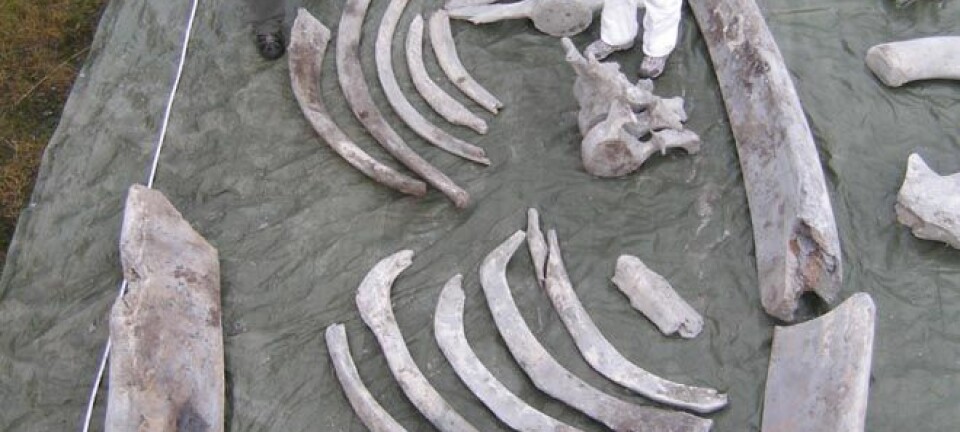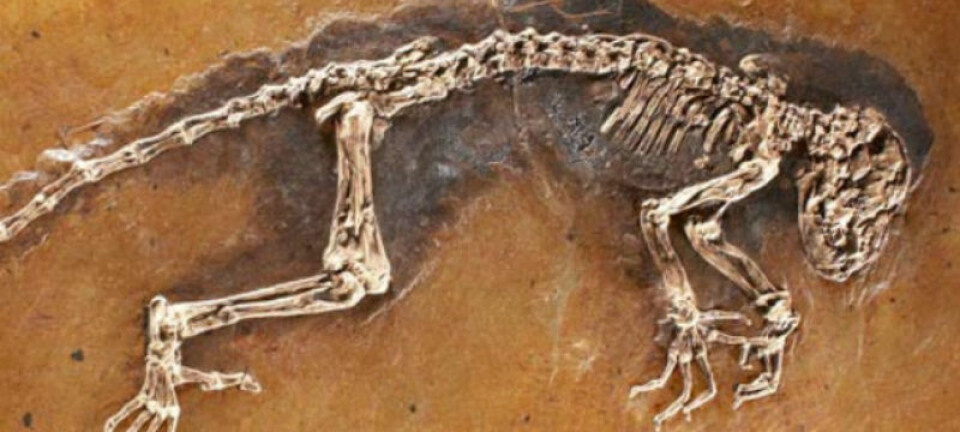An article from Norwegian SciTech News at NTNU
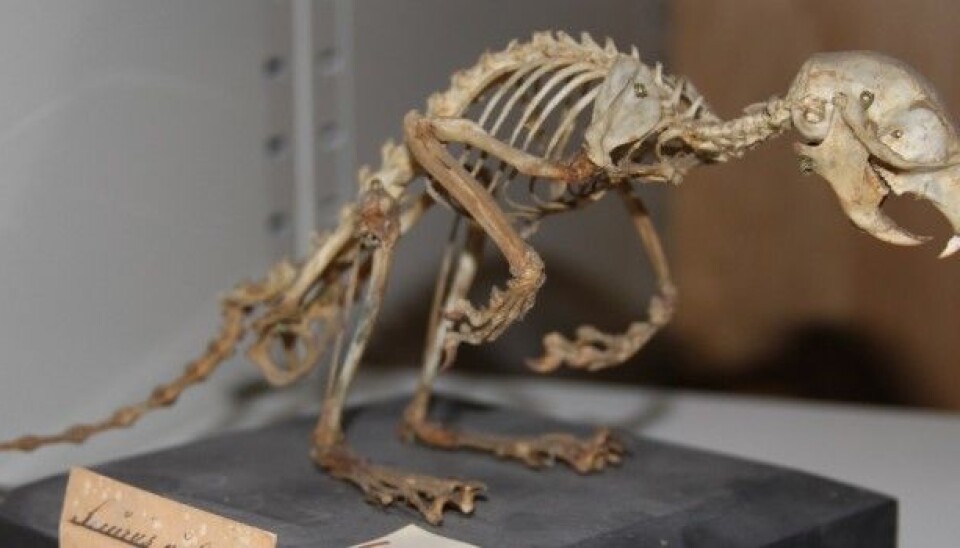
Forgotten museum specimens shed new light on animal history
The NTNU University Museum has uncovered long forgotten specimens, such as a squirrel from 1878 and a 6,600-year-old walrus, providing new information on the history of their species.
Old bones can tell us a lot about the spread of a species in earlier times. A major effort at the NTNU University Museum is helping researchers get a look into the past.
Museum storage areas are usually full of items that have been forgotten for decades. However, last year, the NTNU University Museum finished a ten-year project to secure, preserve, and present old finds from the archives. The Revita project has produced a lot of exciting results.
“There are hidden treasures in our storage facilities, and a lot of the interesting stuff has never been displayed,” says postdoctoral fellow Jørgen Rosvold at the Department of Archaeology and Cultural History.
He is among the researchers working on the results from the Revita project, which aimed to clean up the museum’s collection. Bones are dated using the C-14 method, which is based on the half-life of a carbon isotope.
6,600-year-old walrus
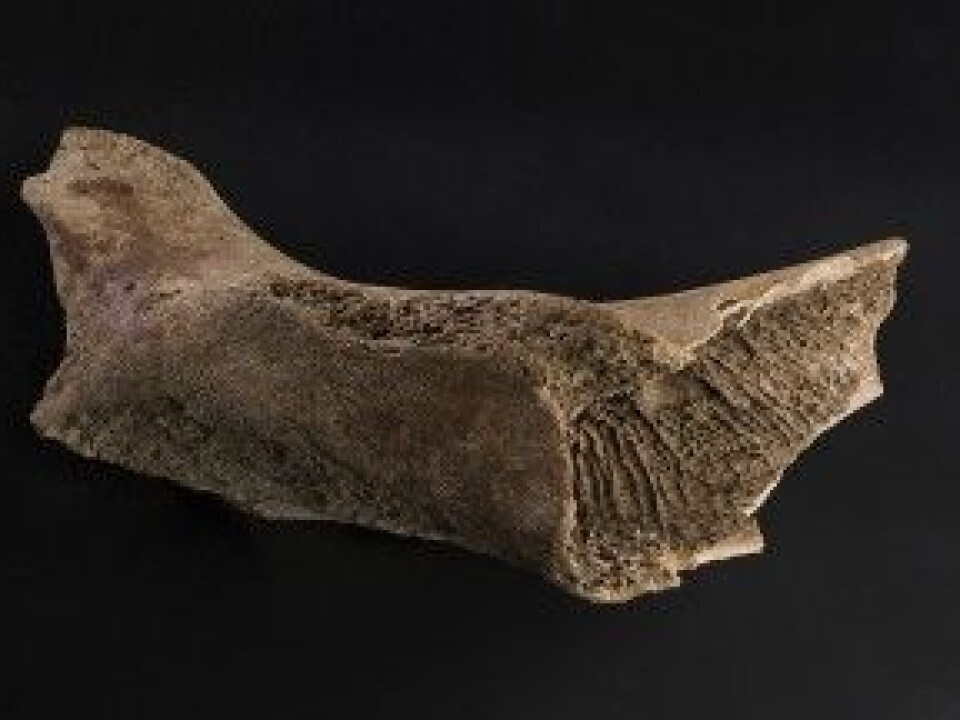
A walrus in the University Museum’s collection was found in a moraine in Isfjorden on Svalbard in 1956, and spent about 50 years in storage. But at 6,600 years old, does it really matter if it takes another 50 years from discovery to analysis? Natural historians certainly don’t think so.
“I only know of two other C-14-dated walrus specimens from Svalbard. Previously, the oldest find was 1300 years old,” says Rosvold.
As it turns out, however, walruses have been around on Svalbard much longer than that, and researchers can finally conclude this, rather than guessing.
Today, there are about 2,500 walruses on the archipelago, and the population is increasing after the species was protected in 1952.
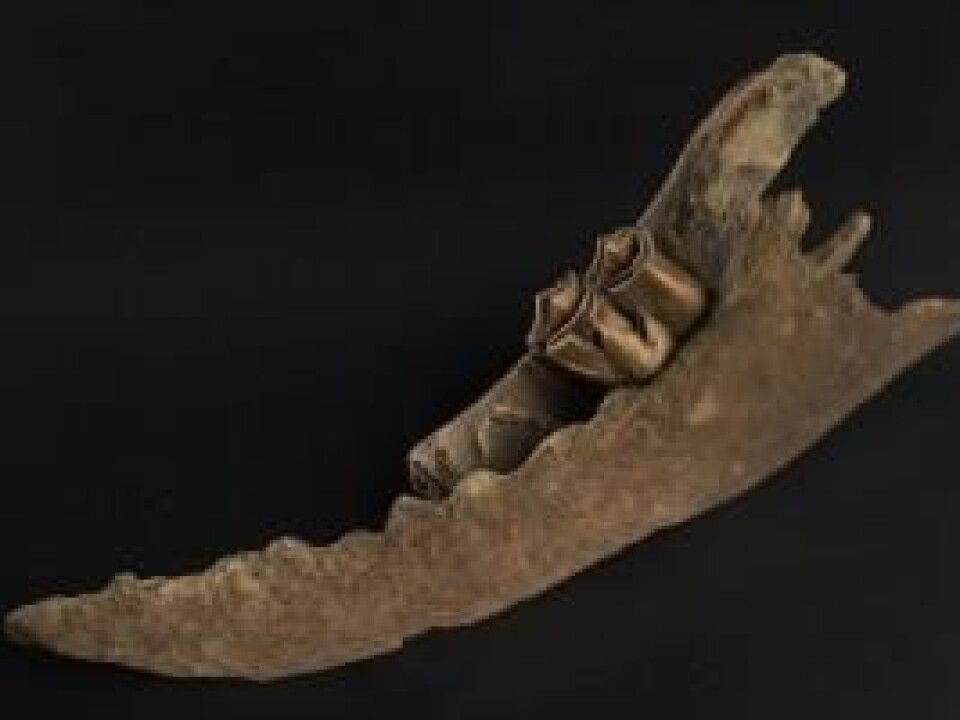
But the walrus is certainly not the specimen that had to wait longest for analysis. Some of the project’s finds spent far more than 50 years in storage before somebody found the time and money to care about them.
Moose and red deer
Another specimen that was rediscovered during the Revita project was a moose found three metres underground in Drevja, Nordland in 1937, during a railroad construction project. It proved to be 2,300 years old, and has filled a large gap in our knowledge of the spread of moose in Norway in earlier times.
Older still was the red deer found in Stokksund, Åfjord in Sør-Trøndelag in 1923. At 3,500 years old, it is Trøndelag’s oldest red deer.
“Remains show the presence of a species in an area,” Rosvold explains. “We don’t know very much about the history of a lot of species, especially in central Norway. Finds both north and south of Trøndelag indicate that red deer were present far earlier than our remains, this is the first time that we’ve been able to prove it.”
Finds of this type can also help researchers better understand the spread of a species in earlier times, and how a species has changed.
Red deer have become smaller
The red deer from Stokksund had much bigger antlers than modern deer do, which indicates that red deer in Norway have become smaller during the course of the last 7,000 years.
A few hundred years ago, there weren’t many red deer left in Norway. Hunting and loss of habitat meant that only a few spread and secluded groups were left along the coast, and the largest individuals were all gone.
Researcher’s finds show that what we would consider to be a large stag to day is small by earlier standards. Several factors are to blame, but over-hunting is certainly one of them.
Generally, the colder the climate, the larger the animals. Heat loss from a large animal will be less than from a small one. But this is not absolute--5000 years ago, the climate in Norway was warmer than today, however, the animals were still larger than they are now. The biggest changes have happened in the last few thousand years.
The main reason for this is likely deforestation and increased competition with grazing farm animals, which caused red deer populations to split up and distribute over smaller areas.
This is when the animals began to shrink. Similar findings have been observed in other species. In this way, historical data can help us understand how different species react to changes.
Melting snow
The museums certainly won’t run out of bones to analyse any time soon. The amount of material has only increased in the last few years. Rosvold is among those who contribute to finding new material by investigating glaciers and permanent snowfields
Climate change is causing these glaciers and permanent snowfields to melt, which have long been a unique habitat in Norway. Some permanent snowfields are over 5,000 years old, and have preserved animal remains for hundreds of years.
But when the snow melts, these animal remains finally see the light of day. Without a protective layer of snow, it doesn’t take long for these remains to be destroyed. Archaeologists and biologists like Rosvold are therefore active in trying to collect the artefacts and remains that are melting out.
Speak up!
Rosvold encourages anyone who finds old remains to show them to the museum.
“Naturally deposited bones aren’t protected in the same way that archaeological finds are, so they often aren’t given to us,” he says. “Because of this, a lot of potentially valuable information about Norwegian fauna history is lost.”
Researchers can learn a lot from investigating old bones that you’ve found.








